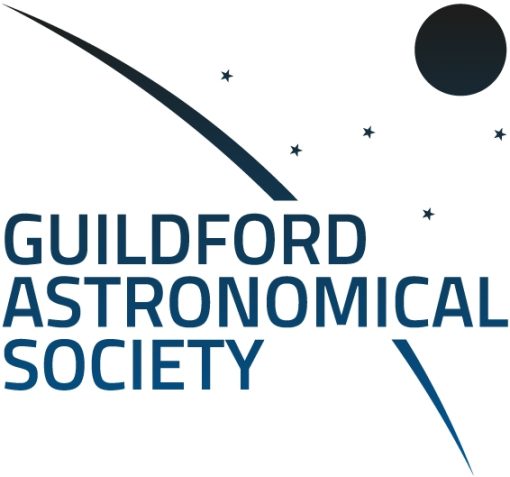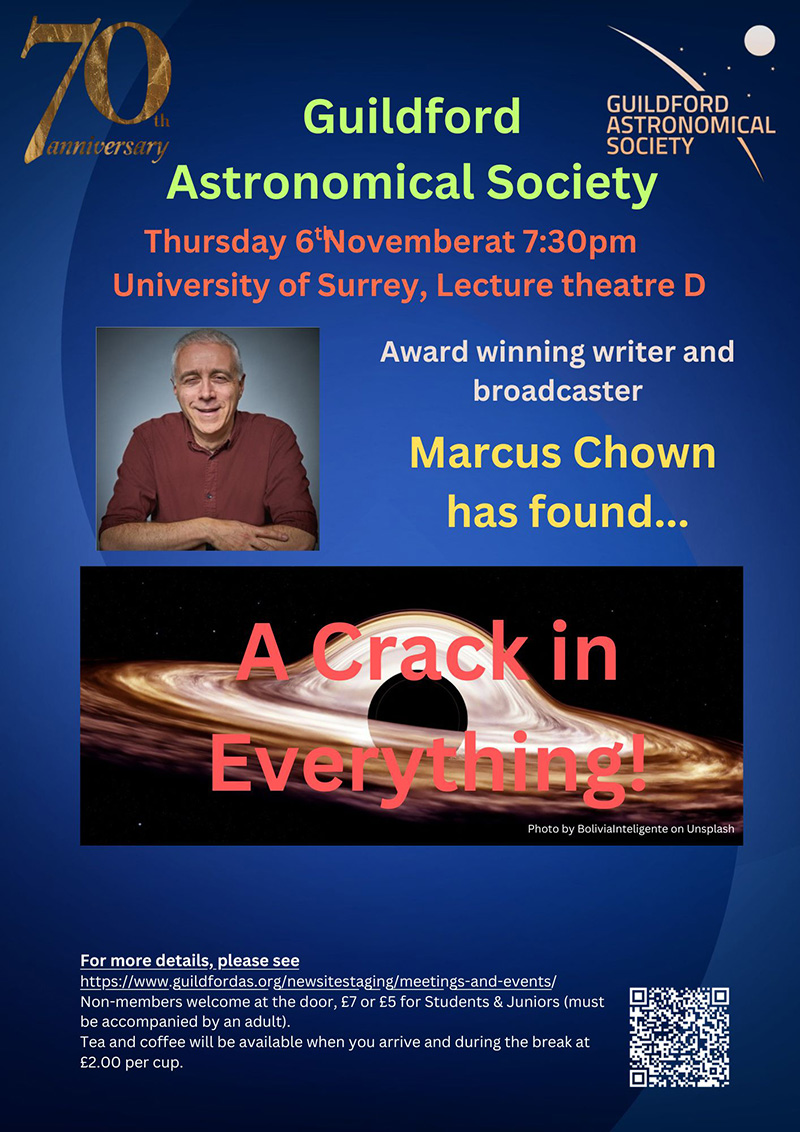
After the Break
This months What’s Up
.
.
Our meetings are held at Surrey University, they will also be streamed to members via Zoom.
Lecture Theatre D
Joining details for Zoom of each meeting will be sent out to members prior to each talk.
If you are interested in becoming a member, contact us to find out more.
If you are not sure whether you want to join right away, you can come along to a meeting as a Visitor.
We charge just £7 (£5 Junior/Student guest).
On arrival, please introduce yourself to the Membership Secretary. You will be warmly welcomed.
Our Speakers This Year

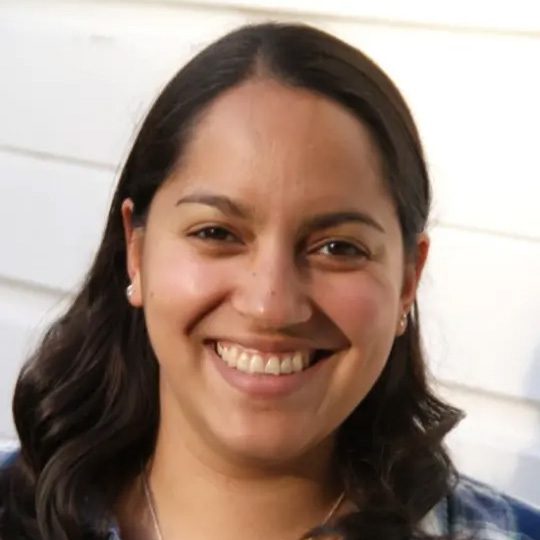
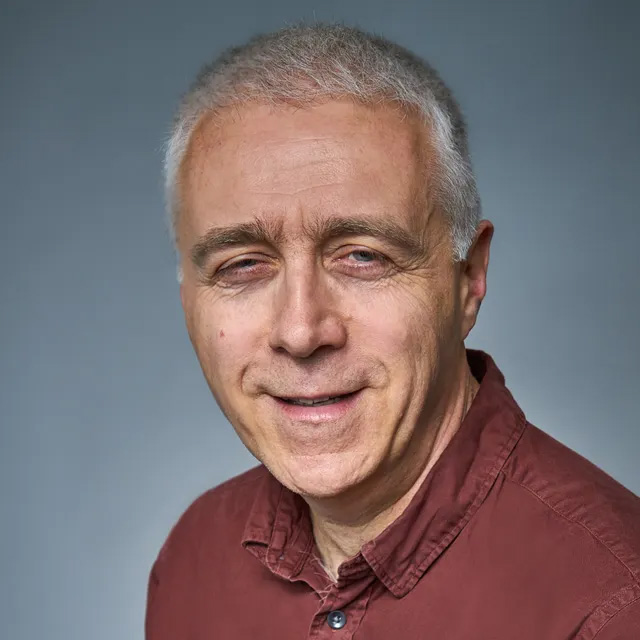
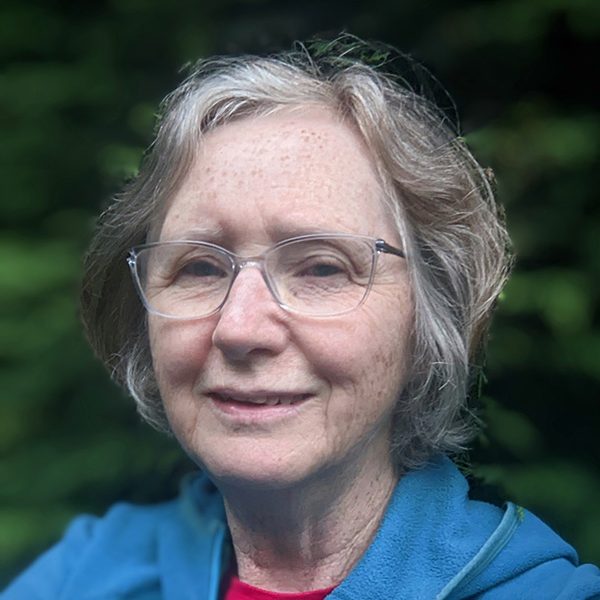

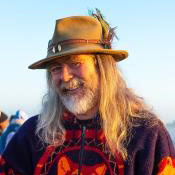
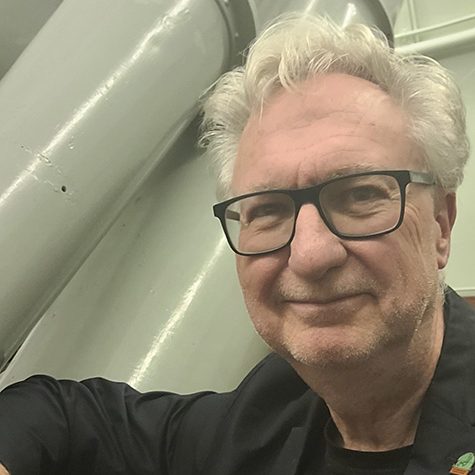
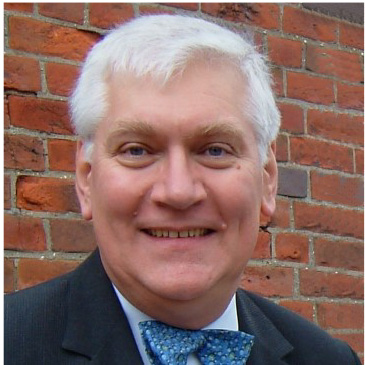
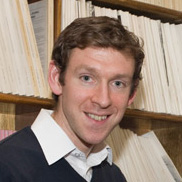
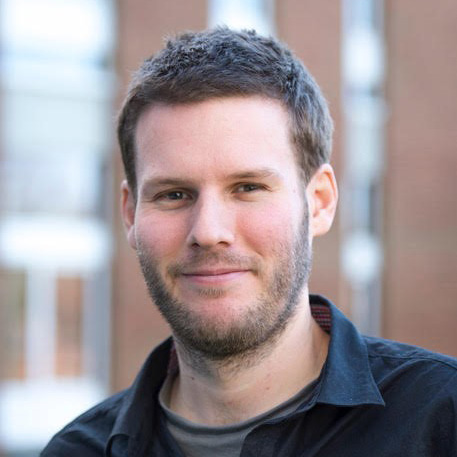
Mars is the nearest location where life could have evolved in our solar system beyond the Earth. We will begin our discussion on the prospects for life on Mars in the context of potential habitability of outer planet
moons and other solar system locations.
We will then go into current and future Mars missions, especially Perseverance which is collecting samples for later return to Earth, and the ESA-NASA Rosalind Franklin mission which will drill up to 2m below the harsh Martian
surface for the first time to search for past life on Mars.
We will also discuss the UK’s key industrial and academic contributions to this exciting mission, for launch in 2028 and landing in 2030.
Professor Andrew Coates gained a BSc in Physics from UMIST in 1978, and MSc (1979) and D.Phil. (1982) in plasma physics from Oxford University. He has been at UCL’s Mullard Space Science Laboratory (MSSL) since 1982, with temporary guest positions at Max Planck Institute for Solar System Physics (Germany), University of Delaware (USA) and the BBC World service (media fellowship). He is now Deputy Director (solar system) at UCL-MSSL. Space mission involvements include the Rosalind Franklin (ExoMars) rover where he leads the PanCam team, Cassini, where he led the electron spectrometer team (part of the Cassini Plasma Spectrometer), Venus Express, Mars Express and Giotto. Scientific interests include the solar wind interaction with planets and comets, planetary surfaces and space instrumentation; he has authored and co-authored over 580 publications, including over 460 refereed. He was a member of STFC Science Board (2019-22). He is a active in space and science outreach via public talks and the media; he was President (2021-23) and vice President (2020-21 & 23-24) of the Society for Popular Astronomy, and delivered lectures at Gresham College (2020-21).
Gazing at the night sky with our eyes or telescopes reveals twinkling stars and far away galaxies. But what we see is only a small part of the story. From manipulating this visible light, to detecting “light” that humans can’t see, I’ll cover some of the different ways that astrophysicists explore the parts of the Universe that are hidden from our eyes. Along the way I will tell the curious story of the discovery of the first quasar 3C273, and touch on the stories of some of the pioneers in these areas of astronomy and astrophysics who dedicated their careers to furthering our understanding of the invisible Universe.
Dr Jen Gupta is an astrophysicist, science communicator and self-proclaimed professional space nerd. She is an Associate Professor in Public Engagement and Outreach in the Institute of Cosmology and Gravitation at the University of Portsmouth where she works to make physics and astronomy more accessible to the wider world, and President of the Society for Popular Astronomy. As a presenter she has featured in the PBS series ‘NOVA Universe Revealed’ and co-presented the BBC Radio 4 show ‘Stranger Than Sci-Fi’, as well as regularly appearing on the TV and radio to talk about astronomy and science.
Once upon a time black holes were considered so ridiculous as to not even be the preserve of science fiction. Now we know they play a crucial role in the Universe and may even explain why you are alive and reading these words. A Crack in Everything is the story of how black holes came in from the cold and took cosmic centre stage. As a journalist, Marcus Chown interviewed many of the scientists who made the key discoveries, and, as a former scientist, he translated the most esoteric of science into everyday language.
Marcus Chown is an award-winning writer and broadcaster. Formerly a radio astronomer at the California Institute of Technology in Pasadena, he is a Royal Literary Fund Fellow at Brunel University. His books include The Ascent of Gravity, which was The Sunday Times Science Book of the Year; The Magicians; Infinity in the Palm of Your Hand, What A Wonderful World; Quantum Theory Cannot Hurt You; Felicity Frobisher and the Three-Headed Aldebaran Dust Devil; and We Need to Talk to Kelvin and Afterglow of Creation, which were both runner-up for the Royal Society Book Prize. Marcus has also tried his hand at Apps and won The Bookseller Digital Innovation of the Year for Solar System for iPad. Marcus was a regular guest on the BBC4 comedy-science show, It’s Only A Theory, with Andy Hamilton and Reginald D. Hunter, and often appears on Channel 4’s Sunday Brunch. He has appeared at a variety of events from the Cheltenham Literary Festival to the Sydney Writers Festival, from the National Theatre to the Wilderness Festival. And he has done stand-up comedy at a variety of venues from an upturned inflatable cow on London’s South Bank to a glass-bottomed boat in a shark tank at the Brighton Sealife Centre. Marcus lives in London with his wife, a Macmillan nurse. Whereas she does a very socially useful job, Marcus writes about things that are of absolutely no use to man or beast! Can time run backwards? Are there an infinity of universes playing out all possible histories? Was our Universe made as a DIY experiment by extraterrestrials in another universe?
The Bennu asteroid travelled billions of miles through space, carrying secrets from the dawn of our Solar System. Now, its dust has landed in the hands of scientists at the University of Manchester, who are decoding its cosmic mystery.
From ancient water traces to the building blocks of life, their research is revealing how asteroids like Bennu may have shaped Earth’s past — and possibly, the origins of life itself. We spoke with planetary scientist Dr Rhian Jones to uncover the latest findings and what they mean for our understanding of space, time, and everything in between.”
Rhian Jones is a British planetary scientist whose research focuses on chondrites and the evidence they provide on how the Solar System formed. She is a Professor of Cosmochemistry in the Department of Earth and Environmental Sciences at the University of Manchester. Jones read chemistry at the University of Oxford, earning a bachelor’s degree there in 1983. She completed a PhD in geology at the University of Manchester in 1986. Jones is the 2023 Price Medal of the Royal Astronomical Society winner, “in recognition of her outstanding contributions in a series of closely linked investigations using chondritic meteorites to understand the composition and formation of the first planetary bodies in the Solar System.
Radio Astronomy was invented by a radio amateur and astronomy has benefited ever since. I will look at the origins of radio astronomy and some of the observations which can (and some that cannot) be made without needing a giant dish in the back garden including:
A brief history of Radio Astronomy
Practical Observing
Meteors and the new UK Beacon
Cosmic Rays & Muon Detectors
Gamma Ray Burst
Some of the projects will be illustrated with a small display equipment and some books for sale.”
“My long standing interest in astronomy was re-energised by a chance encounter at a business conference with a self declared ‘amateur radio astronomer’. Prior to that I had no idea that such things were possible. After consulting “Professor Google” it became clear that there were simple projects which did not require extensive technical knowledge, practical electronic skills or much money. I was hooked especially as it did not involve late nights out in the cold. My first project was to observe the ionosphere. I purchased a receiver and built a 0.8m square loop aerial and recorded the results on an old computer. I have continued these observations and now submit my monthly observations to the BAA. My observations have expanded to include Magnetometry and cosmic rays. This records the effect on the Earth’s magnetic field of solar events such as coronal mass ejections and flares. Along the way I re-learnt how to solder and discovered the RaspberryPi and Python programming. While I make no pretence to expertise it’s been great fun learning and the results are very rewarding. Radio based astronomy has spurred me on to learn and explore a new world of independent amateur science.
I became a volunteer and Trustee of the UK Radio Astronomy Association in 2019 and help to assemble and test the equipment ready for sale. I am a member of the BAA and participate in the radio astronomy section.”
An illustrated talk about the generally accepted as well as the more controversial astronomical alignments at Stonehenge. Which of the theories are plausible, and which aren’t? Did the builders really have the depth of understanding of the movements of the Sun and Moon that some believe they did? Can it actually be used to predict eclipses?
Simon Banton is an astronomer who has been fascinated by Stonehenge for over 30 years and has appeared on both the Sky at Night and Stargazing Live! talking about the astronomy of the monument. He worked for English Heritage at Stonehenge for 6 years and now leads private tours of the World Heritage Site and hosts after-hours visits for small groups inside the stone circle. www.stonesofstonehenge.org.uk
Ian has thoroughly researched the RGO’s history, especially its time at Herstmonceux and will be using unique video interviews with RGO staff to illustrate his talk. Astronomers who worked at the RGO in its Herstmonceux years share their memories of discovering the first stellar mass black hole, job interviews with the Astronomer Royal and earning ‘a bob a night’ on observation duty (video presentation).
Ian Whiteley leads the community campaign to secure a lease extension for the Observatory Science Centre at Herstmonceux Castle, a Grade II–listed historic site formerly part of Royal Observatory Greenwich.
The current lease, held by Queen’s University in Canada, expires in 2026. Under Ian’s stewardship, the campaign has launched an open letter and petition, securing a positive response from the university, which has expressed
plans to support STEM education and astronomy outreach—though Ian underscores that formal agreement is still pending.
As spokesperson, Ian has engaged the media—including BBC Radio Sussex and BBC News—highlighting both the campaign’s cautious optimism and urgency in preserving the site’s long‑term future. His efforts have brought greater
awareness to the observatory’s significance as a scientific and educational resource.
Dr Paul Daniels, recent President of the Federation of Astronomical Societies and Vice President (Astronomy) of the Royal Astronomical Society, presents a compelling overview of the growing threats to astronomy in his talk “The Megaconstellation Threat.” He highlights how the rapid expansion of satellite constellations—such as Starlink—poses serious risks to ground-based astronomy through light pollution, radio interference, and the proliferation of orbital debris. With clarity and urgency, Dr Daniels explains how these developments could severely limit both professional research and amateur stargazing within a generation, unless robust international regulation and responsible satellite design are urgently implemented.
Paul has been interested in Astronomy since the age of 13 (in the days of the Apollo missions and the first Moon landing) when a school-friend let him look through his 4″ Newtonian reflector and many
happy nights were spent on sun-loungers in the garden watching for meteors. The ephemerides in the 1969 BAA Handbook particularly intrigued him and that was the start of a passionate interest in how such things were calculated
and a desire to know more about the solar system.
Paul went on to get a degree in Astrophysics from QMC, London University, where he served as the QMC Astrophysical Society’s Secretary and Chairman in his 2nd and 3rd years and introduced luminaries such as Dr Jocelyn
Bell-Burnell, Prof Ken Pounds, Dr Patrick Moore and Prof Sir Hermann Bondi.
In 1981 he earned a PhD from Sheffield University studying aspects of dust particle accretion and the structure and evolution of comets and, during that time, gave adult evening class lecture courses about the solar
system and was the first Physics postgraduate student at Sheffield to give an undergraduate lecture course (Minor Bodies of the Solar System).
Another year was spent at the Max Planck research institute in Garching (near Munich, Germany) developing some prototype software for ROSAT before, in 1983, his career moved away from Astronomy and into computing.
Paul has been a freelance IT contractor since 1988 and joined GAS in 2000 to renew his interest in Astronomy. He is a Fellow of the Royal Astronomical Society.
Paul was President of GAS between 2012 & 2018, he is VP Astronomy for the Royal Astronomical Society
According to our current understanding, the Universe began around 14 billion years ago in an incredibly hot and dense state. Initially filled with intense light and energy, it expanded and cooled over time. As it cooled, the Universe entered a period of darkness known as the cosmological dark ages. During this era, dark matter and gas—drawn together by gravity—began to form the first large-scale structures. These structures eventually gave rise to the first stars and galaxies, which illuminated the Universe once more.
Thanks to the James Webb Space Telescope (Webb), we can now observe this earliest phase of galaxy formation. Webb not only enables the detection of some of the first galaxies, but also provides detailed insights into their physical properties. Already, it has revealed surprising findings—including a far greater number of supermassive black holes in the early Universe than previously expected.”
Stephen Wilkins is a Professor of Astronomy and Public Understanding of Science at the University of Sussex, near Brighton. He earned his Master’s degree in Physics from the University of Durham, followed by a PhD from the University of Cambridge. After completing his doctoral studies, Stephen held a research fellowship at the University of Oxford before joining the faculty at Sussex in 2013. Stephen’s research centres on the formation and evolution of galaxies, with a particular focus on the earliest stages of the Universe. To explore these cosmic beginnings, he combines observational data from space telescopes such as Webb and Hubble with cutting-edge supercomputer simulations. Beyond his academic work, Stephen is a passionate advocate for science communication. He has led three exhibits at the prestigious Royal Society Summer Science Exhibition and delivered numerous public talks aimed at making science accessible and engaging to a wider audience.
Members Only AGM
AstroImaging Group Discussion Meetings via Zoom
GAS members only
September 8th 2025 – New season meeting with target challenge
October 13th 2025 – Home Observatories
November 10th 2025 – Processing tips
December 8th 2025 – Orion Astrophotography target
January 12th 2026 – Photoshop techniques
February 9th 2026 – Gnomons
March 9th 2026 – Astrophotography printing
April 13th 2026
May 11th 2026
June 8th 2026
No meetings in July or August
